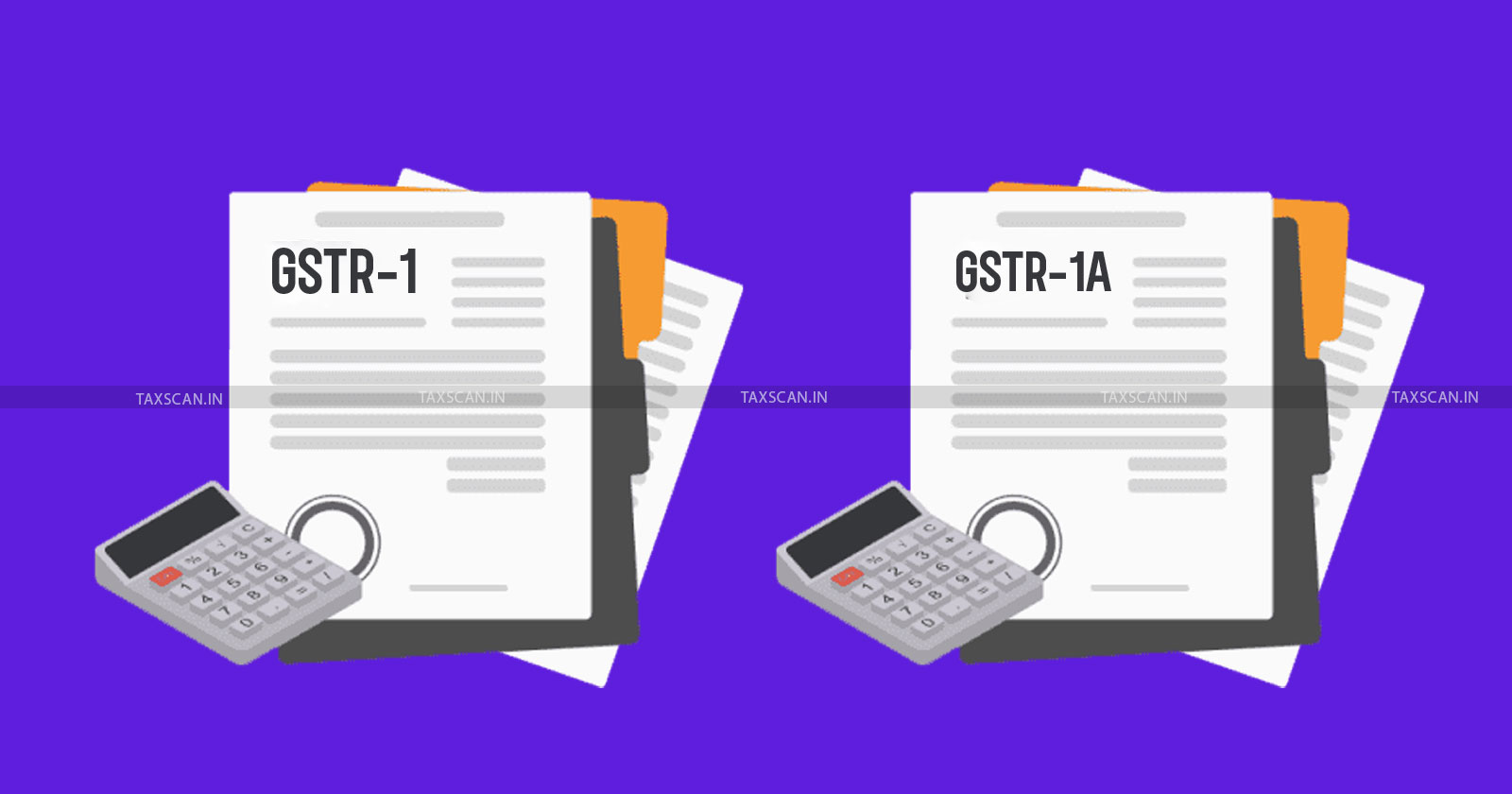Attention GSTR-1/1A Filers: New Filing Rules You Must Follow
From May 2025, GSTR-1/1A filers must follow new mandatory HSN reporting rules and complete document disclosure in Table 13 to ensure GST compliance

The Goods and Services Tax Network ( GSTN ) issued an updated advisory regarding mandatory changes in the filing of GSTR-1 and GSTR-1A returns. Effective from the return period of May 2025, these changes are part of the ongoing phased implementation of HSN (Harmonized System of Nomenclature) code validation and document reporting in the GST portal. All registered taxpayers filing GSTR-1/1A must familiarize themselves with these updated procedures to avoid errors, penalties, or delays in return filing.
Read More: Gujarat HC Fines GST Dept ₹1 Lakh for Ignoring Rectified Mismatch, Flags Non-Application of Mind [Read Order]
Revised Requirements for HSN Code Reporting in Table 12
As part of Phase 3 of the implementation roadmap, Table 12 of GSTR-1/1A has undergone significant structural and functional updates to improve the accuracy and consistency of HSN code reporting.
Join the Experts in Unlocking Capital Gains Tax Strategies! Click here
Segregation Based on Aggregate Annual Turnover (AATO)
The requirements vary based on the taxpayer’s Aggregate Annual Turnover in the preceding financial year:
1. Taxpayers with AATO up to Rs. 5 crore:
- Mandatory reporting of 4-digit HSN codes for both goods and services.
- Manual entry of HSN codes will no longer be permitted.
- HSN codes must be selected exclusively from a dropdown list provided on the GST portal.
- A new field, “Description as per HSN Code,” will automatically populate based on the selected code from the HSN master database.
2. Taxpayers with AATO exceeding Rs. 5 crore:
- Mandatory reporting of 6-digit HSN codes for both goods and services.
- The same constraints apply regarding dropdown-only selection and auto-populated descriptions from the HSN master.
One Mistake Can Cost You Lakhs! Master GST litigations today, Click here
These measures aim to eliminate discrepancies, ensure standardized reporting, and improve data quality across the GST system.
Read More: Major GST Refund and Appeal Rules Announced by CBIC in 2025: Key Takeaways for Businesses
Introduction of Value Validations in Table 12
In addition to the revised method of HSN code entry, the GSTN has introduced value-based validations to cross-verify the consistency of supply data across various sections of GSTR-1.
GST Litigation Secrets – Winning Strategies from Real Cases! Click here
Validation Rules:
- For B2B (Business-to-Business) supplies: The total value of B2B supplies reported in Table 12 will be validated against the values in Tables 4A, 4B, 6B, 6C, 8 (registered recipients), 9A, 9B, 9C, 15, and 15A (all registered categories).
- For B2C (Business-to-Consumer) supplies: The total value of B2C supplies reported in Table 12 will be validated against the values in Tables 5A, 6A, 7A, 7B, 8 (unregistered recipients), 9A (exports and B2CL), 9B, 9C, 10, 15, and 15A (all unregistered categories).
- In the case of amendments, only the differential value will be considered for validation purposes.
Currently, these validations are in warning mode, meaning the system will issue alerts or warnings in case of mismatches, but the return can still be filed. However, this may eventually shift to strict enforcement in future phases.
If B2B supplies are declared in any other table within GSTR-1, the corresponding B2B section in Table 12 cannot be left blank.
Read More: Interception for Non-Generation of e-Invoice: What the Law Says and How to Respond
Functional Enhancements in Table 12
To support ease of compliance and enhance user experience, the following improvements have been made:
- Tab-wise Bifurcation: Table 12 is now divided into two separate sections:
- B2B Supplies
- B2C Supplies
Taxpayers are required to enter HSN summary details in the appropriate section based on the type of recipient.
Got a GST ITC Notice? Read This Before You Reply! Click here
- Download HSN Code List: A new button labeled “Download HSN Codes List” has been added. This allows users to download an Excel file containing the latest list of HSN and SAC codes along with their respective descriptions.
- Searchable “My Master” Feature: The "Product Name as in My Master" field is now searchable. When selected, the system will auto-fill details such as the HSN code, official description, unit quantity code (UQC), and quantity. This is an optional feature aimed at enhancing convenience and reducing entry errors.
Mandatory Filing of Table 13 – Documents Issued
Another critical change taking effect from the May 2025 return period is the mandatory completion of Table 13 in GSTR-1 and GSTR-1A. This table requires taxpayers to report the details of all documents issued during the tax period, such as invoices, debit notes, credit notes, and delivery challans.
- Filing of Table 13 can no longer be skipped.
- If B2B or B2C supplies are reported in any other table, and Table 13 is left blank, the system will trigger an error message and prevent the return from being filed.
Read More: GST 2.0: Here’s All we Know So Far
Actionable Steps for Taxpayers
To ensure compliance with the new rules and avoid disruption in return filing, taxpayers are advised to:
- Update accounting and ERP systems to reflect the mandatory dropdown-based HSN selection process.
- Review and clean up HSN data in internal records to match the codes available in the GST portal’s master list.
- Train accounting and compliance teams on the new bifurcated structure of Table 12 and the importance of Table 13.
- Use the download functionality to verify the current HSN and SAC codes used in transactions.
- Monitor warning messages generated during filing to anticipate potential compliance risks.
Support our journalism by subscribing to Taxscan premium. Follow us on Telegram for quick updates


